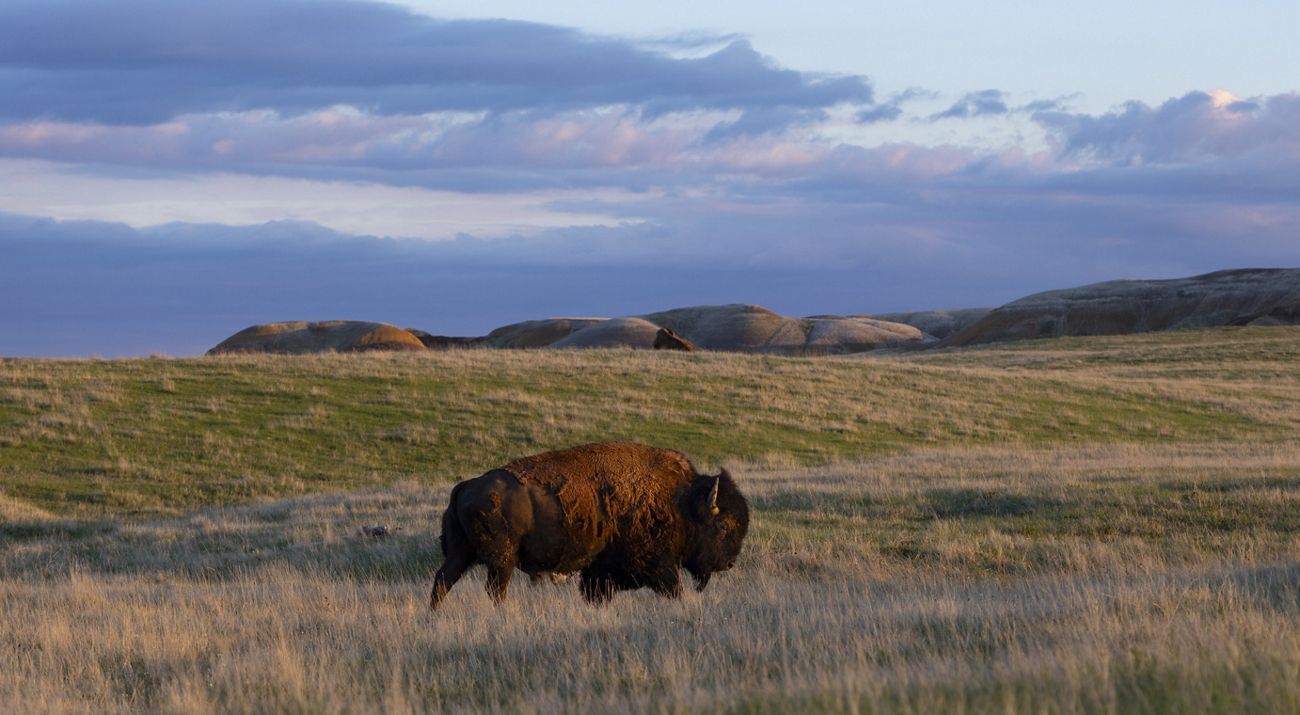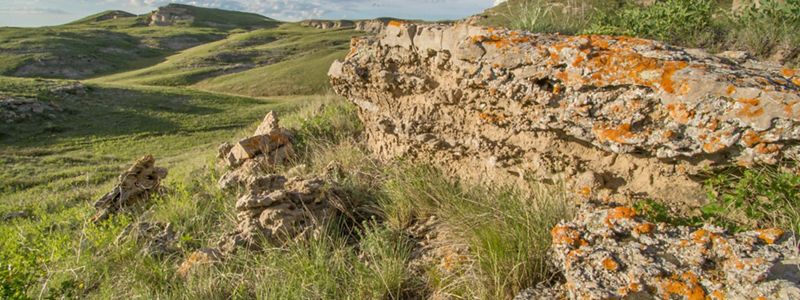Agriculture in Arkansas
See how TNC is working with farmers across Arkansas to promote sustainable agriculture practices.

Media Contacts
Chris Anderson
Senior Media Relations Manager
The Nature Conservancy
Phone:
612-845-2744
Email:
canderson@tnc.org
Sometimes dismissed as “flyover country,” the Great Plains is rich in iconic wildlife and home to wild places like the Ozarks, the Mississippi River, the Badlands and the tallgrass prairie. In this region, The Nature Conservancy is working with partners and communities to tackle the crises of climate change and nature loss. Together, we are overcoming barriers and building a resilient future.
Great Plains

By 2030, we aim to conserve 9.5M acres and improve management on 86M acres of grasslands by partnering with communities, landowners, agencies and policymakers.

We're restoring river flows, improving connectivity and protecting nature to improve water quality and support healthy habitats across the Great Plains.
Sign up to receive regular updates from The Nature Conservancy.

Read the latest articles